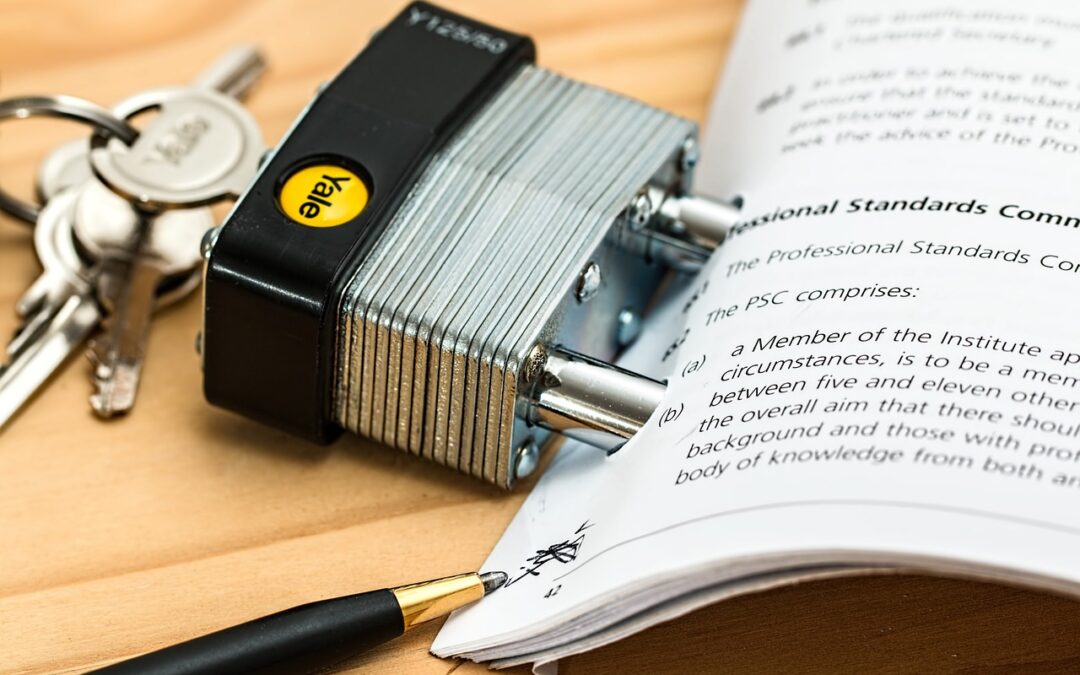By its nature, a sublease is more complex than a straight lease between the Landlord and Tenant. Whereas the latter generally has two parties to the agreement, the former has three: the original landlord, the sublandord and the subtenant. So, if you are either the sublandlord or the subtenant, keep in mind you are going to need the original landord’s consent to sublease the space, and the original lease remains in force until and unless it is terminated.
Why should the original landlord want to cooperate? In addition to possibly wanting to cooperate the party who is obligate to pay them rent, the landlord gets someone to occupy a space that could otherwise be vacant, and could be getting someone to pay the rent beyond the current term of the lease. If the subtenant is financially strong enough, the landlord may be willing to terminate the original and do a direct lease with the new occupier.
If you are the subtenant in a sublease, you will want to carefully evaluate your sublandlord’s ability to remain solvent through the term of the sublease. If your sublandlord does not fulfill its terms of the original lease, this could throw you as the subtenant into default on the sublease even though you have been paying the rent and abiding by the rules and regulations of occupying the space.
While a sublease can solve problems, because of its complexities and inherent risks, you will want to get want to get good advice. Your advisors should include a commercial real estate professional who has a thorough understanding of subleasing, as well a seasoned real estate attorney who can minimize your legal risks.

